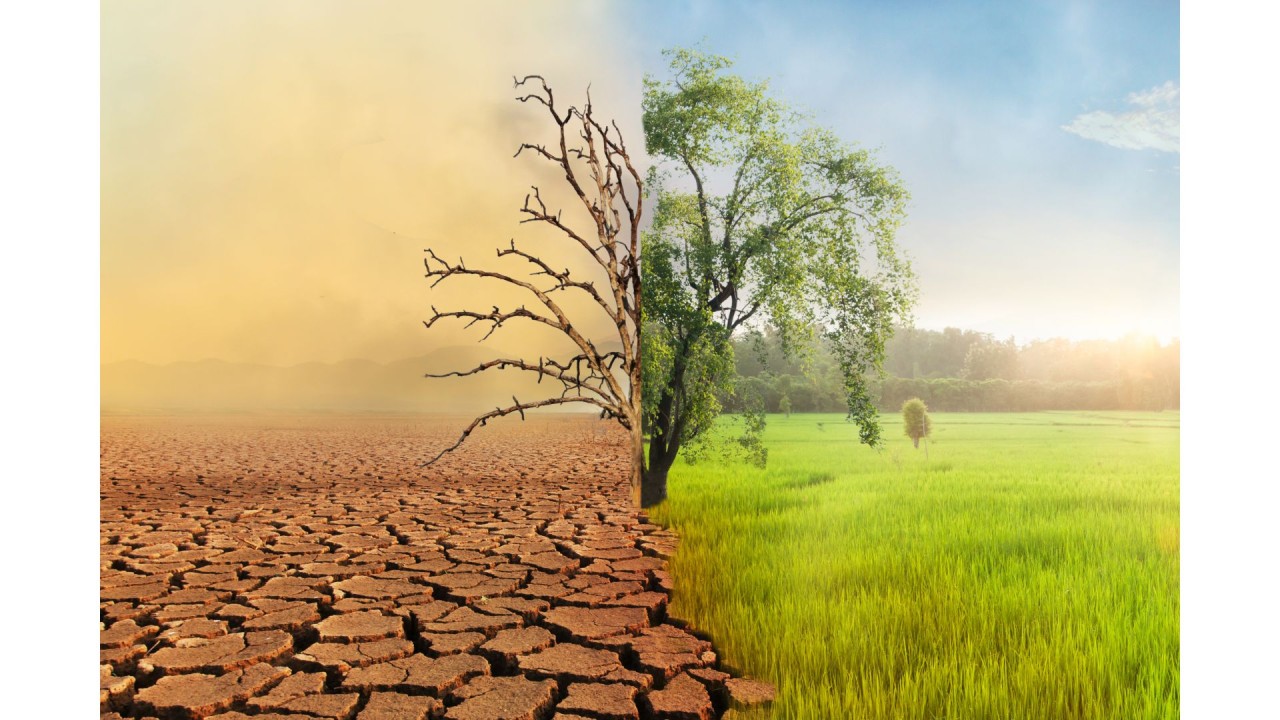
The costs and human toll of climate change are significant and escalating. Between 1980 and 2022, the EU witnessed a notable rise in climate-related extreme events, resulting in 220,000 fatalities and economic losses totaling EUR 650 billion. Recent years have been particularly harsh, with around EUR 170 billion lost in the last five years alone.
In 2022, heat-related deaths reached 61,000, second only to the devastating heatwaves of 2003, which claimed 70,000 lives. These figures may spike rapidly due to the compounded effects of climate change, land use alterations, and environmental degradation. Notably, these factors not only exacerbate health risks but also create new avenues for transmitting viral infections among previously isolated wildlife species, potentially sparking zoonotic disease outbreaks in humans. Additionally, climate change and biodiversity loss significantly drive food insecurity. We now face heightened risks of reaching irreversible climate tipping points, posing unknown and potentially catastrophic consequences for societies, ecosystems, and economies.
Inaction would lead to significantly higher and escalating costs in the coming decades. Although estimates of the costs of extreme weather events carry uncertainties, conservative assessments suggest these costs could reduce GDP by about 7% by the end of the century. Between 2031 and 2050, following a path leading to intensified global warming could result in an additional EUR 2.4 trillion in cumulative GDP costs in the EU compared to a pathway aligned with the 1.5°C objective of the Paris Agreement.
Companies worldwide are increasingly committing to mitigate climate change by reducing carbon emissions and water consumption throughout their operations and supply chains. These efforts aim to slow the pace of global warming and safeguard environmental ecosystems. However, while these measures are crucial, they primarily focus on preventing a worsening future rather than addressing the inevitable consequences of existing damage.
For instance, carbon offset initiatives have yet to demonstrate significant impacts on the atmosphere. Global carbon sequestration efforts reportedly only remove a mere 1% of annual global emissions. Therefore, climate adaptation, which entails assisting people, animals, and plants in surviving amidst escalating climate volatility, should receive equal urgency.
Climate adaptation initiatives receive a mere 7% of climate-related investment. These initiatives encompass various needs, including flood and wildfire prevention, resilient agriculture, clean water supply, infrastructure modifications, and population resettlement. Given their significance, these endeavors warrant more significant investment from businesses, especially since they present near-term opportunities with lower capital expenditures and faster returns on investment.
In fact, according to a Bloomberg report, analysts from Bank of America estimate that the climate adaptation market could potentially reach a value of $2 trillion annually within five years. This underscores the immense economic potential of prioritizing climate adaptation efforts, which mitigate immediate risks and foster long-term resilience in the face of climate change impacts.
Climate change adaptation strategies are essential alongside mitigation efforts to address the challenges of global warming. Even if all anthropogenic emissions were abruptly stopped, the climate would still undergo changes. Since it will take decades for climate change mitigation efforts to have a noticeable impact on rising temperatures, it is imperative to transform global systems to adapt to the changes that are already occurring and will persist in the foreseeable future.
Mitigation involves action to reduce greenhouse gas emissions and limit the amount of warming our planet will experience. Adaptation, on the other hand, focuses on helping people adjust to the current and future effects of climate change. These two prongs of climate action work together to protect people from the harms of climate change: one to make future climate change as mild and manageable as possible and the other to deal with the climate change we fail to prevent.
Mitigation centers on addressing the root cause of climate change: the heat-trapping greenhouse gases humans are adding to the atmosphere. This includes reducing sources of greenhouse gas emissions, such as transitioning away from fossil fuels to renewables and nuclear power and enhancing sinks of greenhouse gases that remove them from the atmosphere, like afforestation and direct air capture systems.
Adaptation, meanwhile, involves building resilience to current and future climate impacts through various strategies. These can include infrastructure improvements, natural solutions like ecosystem restoration, and policy changes to ensure communities can withstand climate-related challenges effectively.
Today, mitigation efforts are not on track to meet global targets set by agreements like the Paris Agreement. Consequently, adaptation becomes even more crucial. However, current funding for adaptation lags behind, with most resources allocated to mitigation efforts. It is essential for wealthier nations to fulfill their pledges of financial and technological aid to support adaptation efforts in low- and middle-income countries.
A renewed commitment to both mitigation and adaptation is essential. The sooner the world reduces greenhouse gas emissions and enhances resilience to climate impacts, the less severe the consequences will be, ultimately saving lives and livelihoods. This may require adopting comprehensive strategies across all global development systems to adapt and build resilience to climate change, involving collaboration among citizens, researchers, and policymakers at various levels.
Here are some strategies for adaptation to climate change:

I’ve spent the past 18+ years helping ports, supply chains, and global businesses turn sustainability goals into real, measurable results.
From leading billion-dollar infrastructure projects to building my own consulting firm, I’ve seen how the right strategy can turn pressure into opportunity.
My mission today is simple: help leaders like you build sustainable, future-ready businesses that don’t just check boxes—but actually make an impact. One decision, one project, one team at a time.
Let’s build what’s next—together.
Have a project or idea in mind?
I’d love to hear what you’re working on.
Book a quick call here